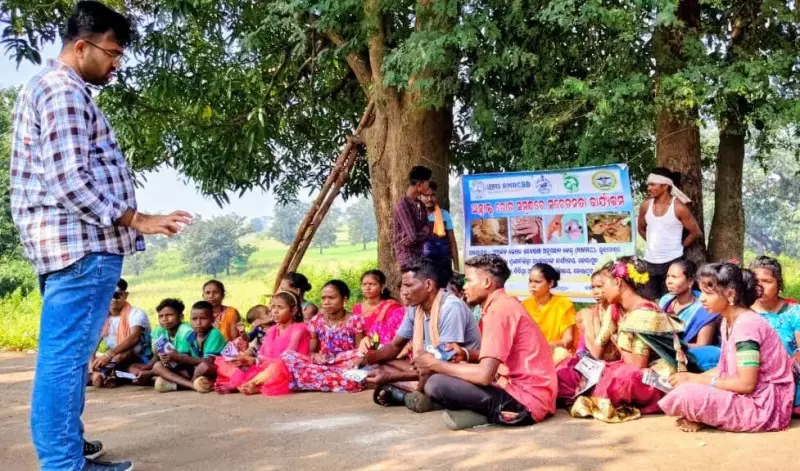
A groundbreaking study conducted in Odisha's tribal-dominated districts has revealed critical insights into combating anthrax outbreaks that have plagued the region for years. The research highlights a dual approach that could significantly reduce infection rates among both animals and humans.
The Silent Killer in Tribal Regions
Anthrax, a deadly zoonotic disease, has been a persistent threat in districts like Koraput, Malkangiri, Nabarangpur, and Kalahandi. The study examined outbreak patterns and identified key factors contributing to the spread of this dangerous pathogen.
Vaccination: The First Line of Defense
Researchers found that regular vaccination of livestock forms the cornerstone of anthrax prevention. Animals including cattle, sheep, and goats that receive timely vaccinations show dramatically lower infection rates, creating a protective barrier for entire communities.
Community Awareness: Breaking the Chain
The study emphasizes that vaccination alone isn't enough. Community awareness about anthrax transmission and prevention plays an equally vital role. Many tribal communities lack basic knowledge about how the disease spreads from animals to humans.
Key Preventive Measures Identified
- Regular vaccination drives for all livestock in high-risk areas
- Educational programs about safe handling of sick animals
- Proper disposal of animal carcasses to prevent soil contamination
- Early reporting of suspected anthrax cases to health authorities
- Training local healthcare workers in anthrax identification and treatment
A Model for Other Regions
The research team suggests that the Odisha model could be replicated in other tribal regions across India facing similar challenges. The combination of medical intervention and community education creates a sustainable solution that protects both animal and human populations.
Health officials are now working to implement these findings through coordinated efforts between veterinary services and public health departments, aiming to make anthrax outbreaks a thing of the past in vulnerable communities.





